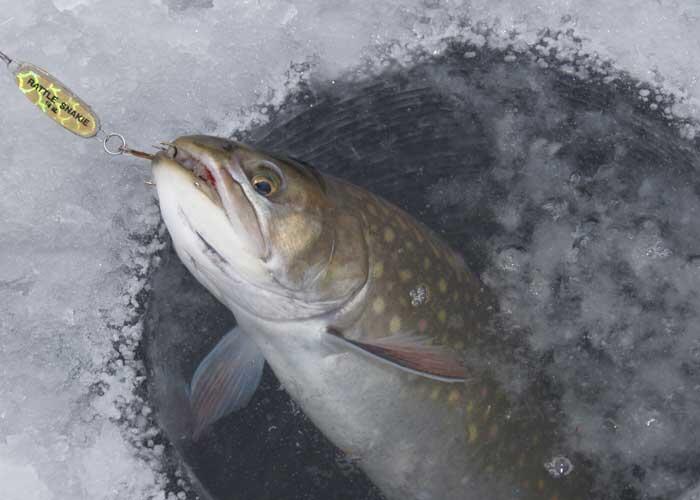
Shoreline Strategies

Brook trout are fish that like the shoreline. This is true during all four seasons in Ontario, but it's especially the case when ice covers the lakes and ponds of Ontario's northland. The reason brookies dig the ice-covered lake edges is simple: that's where the food is. The blown-down trees, abandoned beaver houses, and boulders that make up most of the shoreline provide cover—and homes—for the things brook trout eat. That list of edibles includes minnows, all manner of nymphs and aquatic insects, leeches, snails, and amphibians. There actually isn't much a brook trout won't eat. That means brook trout will cruise the shores of a lake hoping to intersect with some food. Any food. Yes, not all shores are equal, and there are a few things to look for when you are fishing a new lake.

Shoreline Locations
Some visual clues to look for when you're deciding where to set up include points, blown-down trees, beaver houses, and inlets or outlets. It's not always easy to differentiate this stuff in the winter, so taking a peek at Google Earth or any other satellite imagery mapping is worth a try. A low, swampy area in an otherwise steep-edged lake usually marks a creek or seepage.
A few years back, my father, Gord Sr. and I were on a stocked spec lake and were getting shut out. We decided to take a snowmobile ride around the edge of the lake and came across what looked to be an inlet. Sure enough, when we got off the sled, it was a bit slushier on the ice, a common sign of upwellings or flow. I popped a few holes in and around the mouth of the inlet, some of which were too shallow to fish. However, when we found some water that was 4 to 5 feet deep, we set up. As I prepped a baited still line, Gord Sr. worked another hole with a Jigging Rapala. After a few minutes, I heard some drag slipping and looked over to see my dad fighting a nice brookie. I scrambled over just as he dry-docked a beautiful 20-inch brookie.
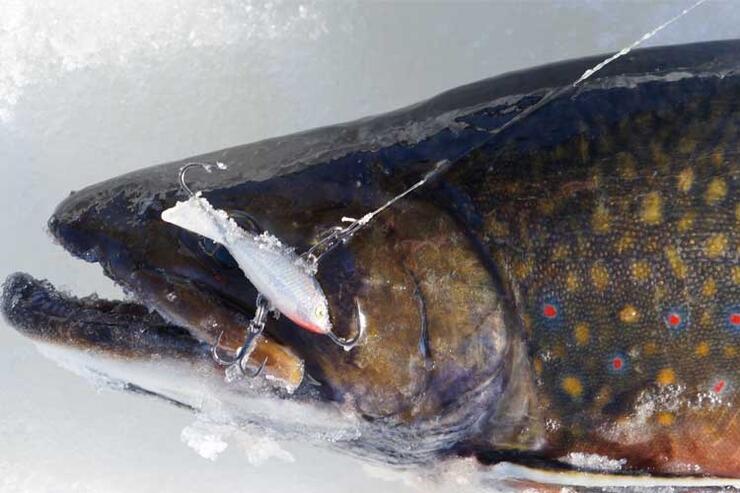
"That's what we were looking for," he said, hoisting the crimson-flanked trout. We only caught four trout in that spot, but they were all beauties. Not one of them was in water deeper than five feet. One large trout I hooked got wrapped up in a tree branch and broke me off. That is just one of the dangers of shoreline ice fishing. You can bump into trees, branches, and vegetation that can make landing fish tricky. Brook trout that are up in the shallows are usually feeding and generally cooperative. That's one reason I like to cover as much ground as possible when fishing shorelines. A good plan is to dig about a dozen or more holes all at once, with some down the shoreline and a few out from shore. Check the depth to make sure you have enough water to fish in. It's worth noting that I've caught big brookies in less than three feet of water. If you can find some fish shallow, they are generally biters.
Techniques
The two techniques I rely on are pretty basic. One is jigging a lure that throws off a lot of pulse, flash, and movement. Spoons like the Hopkins, Rattle Snakie, or Little Cleo fill the bill, and even spinners can work. A slightly more subtle option is a Mighty Mitch and Jungle Joe bucktail jig fly, with or without a bit of bait on it. A jig fly with red, orange, or yellow on it is a good bet. But my favourite shallow lure in the winter is a Jigging Shad Rap or Jigging Rapala. These cool lures spin, glide and jiggle in all the right ways. Brook trout have a hard time saying no to them. Add a little worm or minnow head to the centre treble as a sweetener. There will be no nibbles.
There are hundreds of brook trout lakes stocked by Ontario's Ministry of Natural Resources and Forestry annually. Get out this winter and probe the shoreline for these speckled beauties.
Recommended Articles

Cast Into the Heart of a Walleye Paradise

20 Years With Fish TV!

Eating Northern Pike

3 Great Ontario Walleye Destinations

10 Facts About Lake of the Woods
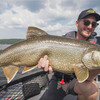
Trophy Lake Trout on Lake Obabika

Brook Trout Fishing at Dunlop Lake Lodge
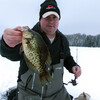
Epic Ice in Northwestern Ontario
Ontario Brook Trout
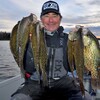
Bivins’ Bounce Crappies

Top 5 Baits for Smallmouth and Largemouth Bass

10 Tips For Ice Fishing Safety

A Whole Lota Lovin'
Top 5 Musky Destinations in Ontario
Top 8 Places to Ice Fish in Ontario

Long Nose Gar
The Best Of Times in Northern Ontario
Don’t Be Afraid Of Muskies

Best WhiteFish Tactics


